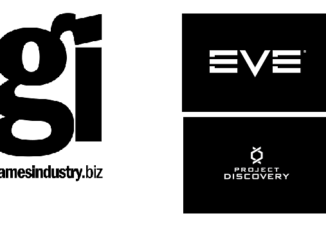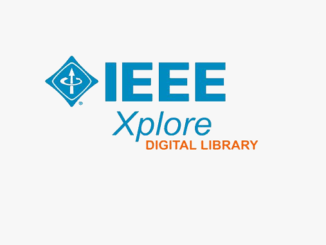
Issue 01, Special Issue: User Experience of Digital Technologies in Citizen Science, 2019
Seven papers focusing on “design standards”, “design methods” and “user experience in the physical and digital world” explore how citizen science volunteers interact with digital tools, what they expect from them, and why these technologies succeed or fail.
A sociotechnical system approach to virtual citizen science: an application of BS ISO 27500:2016
Robert Houghton, James Sprinks, Jessica Wardlaw, Steven Bamford and Stuart Marsh
Focusing on a recent standard (BS ISO 27500:2016 “The human-centred organisation”) which encourages the adoption of a sociotechnical systems perspective across a wide range of businesses, organizations and ventures, authors discuss its potential application to virtual citizen science.
What do volunteers want from citizen science technologies? A systematic literature review and best practice guidelines
Artemis Skarlatidou, Alexandra Hamilton, Michalis Vitos and Muki Haklay
Although hundreds of citizen science applications exist, there is lack of detailed analysis of volunteers’ needs and requirements, usability mistakes and user experiences. Authors perform a literature review to identify articles which discuss user issues and develop a set of design guidelines.
The role of digital user feedback in a user-centred development process in citizen science
Ulrike Sturm and Martin Tscholl
“In citizen science, user-centred development is often emphasised for its potential to involve participants in the development of technology. We describe the development process of the mobile app ‘Naturblick’ as an example of a user-centred design in citizen science.”
Everyone counts? Design considerations in online citizen science
Helen Spiers, Alexandra Swanson, Lucy Fortson, Brooke Simmons, Laura Trouille, Samantha Blickhan and Chris Lintott
The analysis of volunteer interaction with 63 projects demonstrates how project design changes can influence who and how participates. Findings highlight the tension between designing for social good and broad community engagement, versus optimizing for scientific and analytical efficiency
Comparison of mouse and multi-touch for protein structure manipulation in a citizen science game interface
Thomas Muender, Sadaab Ali Gulani, Lauren Westendorf, Clarissa Verish, Rainer Malaka, Orit Shaer and Seth Cooper
An analysis of the multi-touch interface for the citizen science video game Foldit, comparing multi-touch and mouse interfaces in a 41-subject user study, indicates that for tasks involving guided movement, subjects using the multi-touch interface completed tasks more accurately.
Citizen science and the professional-amateur divide: lessons from differing online practices
Liz Dowthwaite and James Sprinks
This paper compares the practices of one particular online creative community (webcomics) with current practices in citizen science, showing how each are engaging with digital technologies in different ways to complicate and blur the professional-amateur divide.
From citizen science to citizen action: analysing the potential for a digital platform to cultivate attachments to nature
Nirwan Sharma, Sam Greaves, Advaith Siddharthan, Helen Anderson, Annie Robinson, Laura Colucci-Gray, Agung T. Wibowo, Helen Bostock, Andrew Salisbury, Stuart Roberts, David Slawson and Rene van der Wal
Identifying private gardens in the U.K. as key sites of environmental engagement, authors look at how a longer-term online citizen science programme facilitate the development of new attachments of nature, renewed interest in wildlife, friendly gardening practices and attitudinal shifts.


